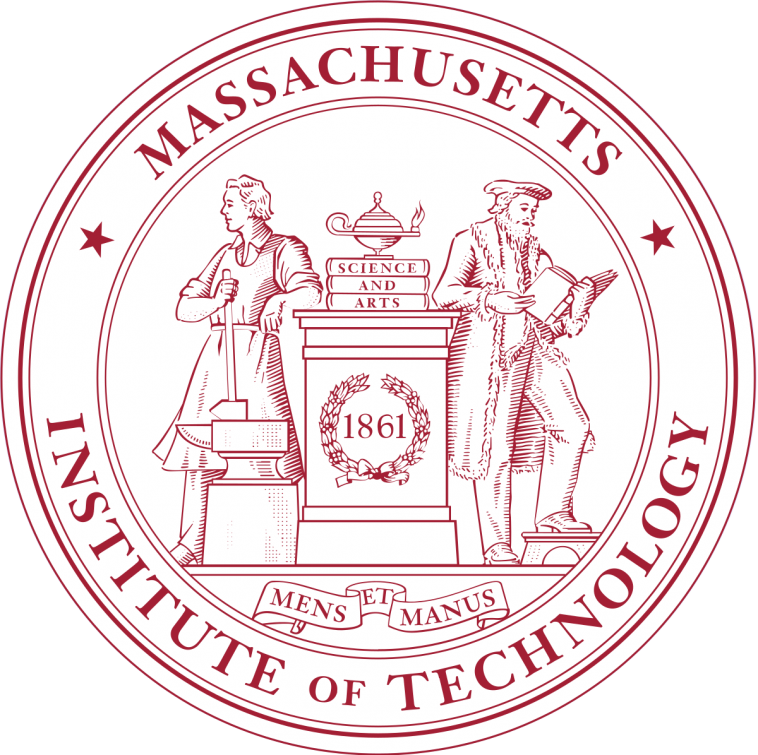Situated in the heart of Cambridge, Massachusetts, the Massachusetts Institute of Technology (MIT) serves as a privately-funded educational hub with a focus on research activities. This esteemed institution is divided into five distinct schools and an additional college, all collectively offering 32 different academic departments. The university’s education and research programs heavily tilt towards the sciences, engineering, and technology fields.
Established in the year 1861, MIT came into existence as a reaction to the rapid industrial growth that the United States was experiencing at the time. It adopted a polytechnic approach to education, placing significant weight on hands-on laboratory experience for its students. This model was considered revolutionary during its time and has had a long-lasting impact on technical education.
Now let’s delve deeper into MIT’s unique features and history:
Academic Structure
MIT’s organizational structure is quite elaborate. It is comprised of the following schools:
- School of Architecture and Planning
- School of Engineering
- School of Humanities, Arts, and Social Sciences
- MIT Sloan School of Management
- School of Science
In addition to these, there is also the Whitaker College of Health Sciences and Technology. These different divisions offer a wide range of disciplines, including but not limited to physics, computer science, economics, aeronautics, and business management, among others.
Interdisciplinary Approach
The institution is particularly known for its interdisciplinary approach to learning. It encourages students to venture beyond their major field of study, offering several dual-degree programs and minors. Various research centers and labs, like the Media Lab and the Computer Science and Artificial Intelligence Laboratory (CSAIL), embody this spirit of interdisciplinary study.
Research Contributions
MIT has a global reputation for its contributions to research. Numerous groundbreaking discoveries and technological advancements have their roots in MIT’s laboratories. From the development of radar technology during World War II to pioneering research in computer science, artificial intelligence, and robotics, MIT has consistently been at the forefront of scientific and technological innovation.
Alumni and Faculty Achievements
The institution boasts an impressive list of alumni and faculty who have received prestigious awards and recognitions, including Nobel Prizes, Pulitzer Prizes, and MacArthur Fellowships. Companies like Intel, Dropbox, and Qualcomm were co-founded by MIT graduates, demonstrating the institute’s contribution to the entrepreneurial landscape.
Admission Process
Gaining admission into MIT is notoriously challenging, with a rigorous selection process that seeks to identify individuals demonstrating exceptional talent in their chosen field, along with a capacity for innovation and problem-solving. In any given year, only a fraction of applicants are accepted, making it one of the most competitive institutions globally.
Global Impact
MIT has also extended its educational and research footprint on a global scale. It has numerous partnerships with institutions and organizations worldwide, including collaborations for research and exchange programs for students and faculty. MIT OpenCourseWare and MITx offer free online courses, making MIT’s educational resources accessible to a broader audience.
Social Responsibility and Sustainability
In recent years, MIT has taken significant steps towards social responsibility and sustainability. It has various initiatives aimed at addressing climate change, promoting diversity and inclusion, and contributing to community development.
Financial Aid
Despite its private status, MIT offers generous financial aid packages to ensure that students from all socio-economic backgrounds have the opportunity to attend. Almost 60% of undergraduates receive some form of financial aid, and the institute meets 100% of the demonstrated need for admitted students.
Campus Life
MIT’s campus, stretching over 168 acres along the Charles River, provides an array of facilities for both academic and extracurricular activities. This includes state-of-the-art laboratories, libraries, and recreational areas, as well as a rich array of student organizations and clubs.
In summary, MIT is not just a leading educational institution; it’s an ecosystem that fosters innovation, creativity, and excellence. From its inception in 1861 as a response to industrialization, to its current status as a global leader in technology and research, MIT has remained steadfast in its mission to push the boundaries of human knowledge and ability.





